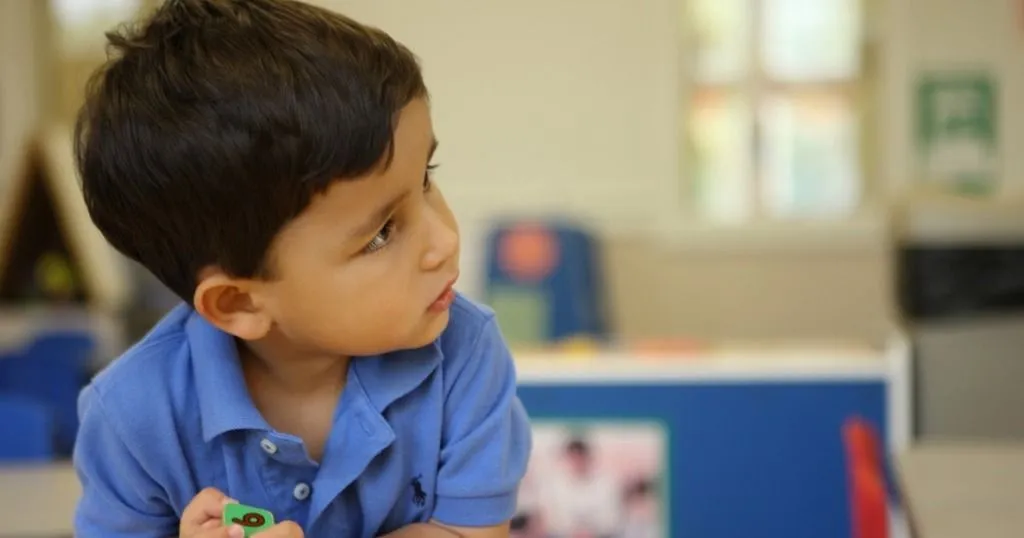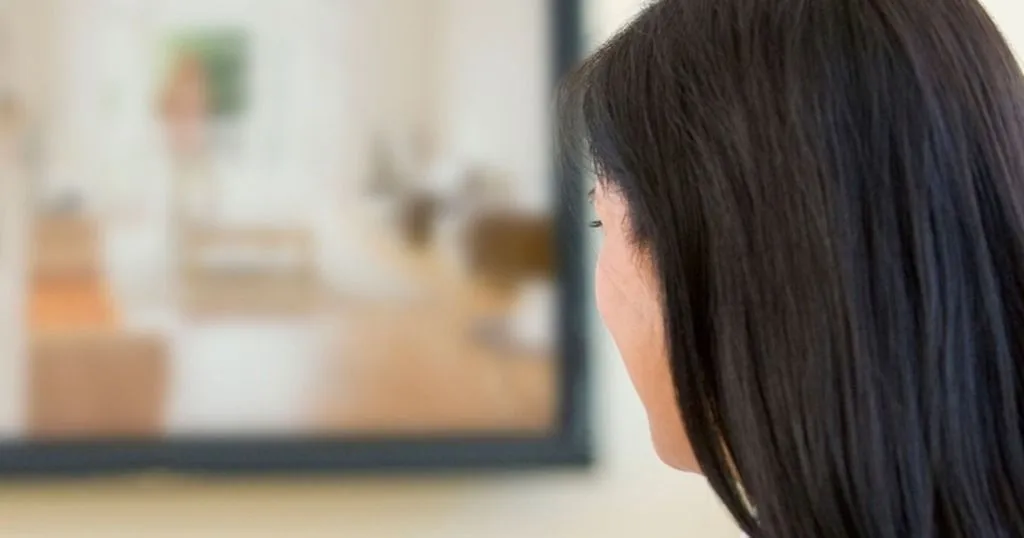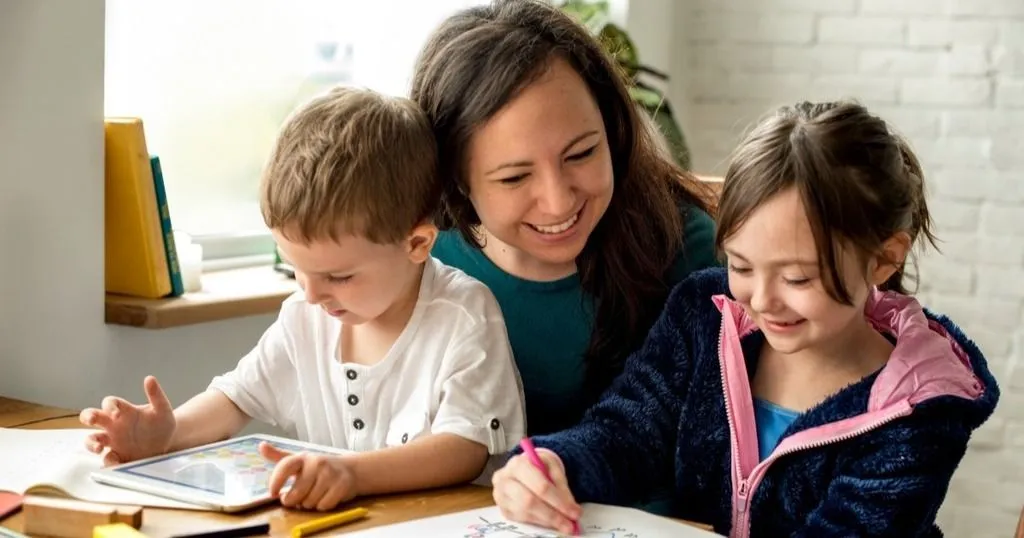Physiological and behavioral analysis: coping with stress
Having a behavioral coping strategy means that a person can regulate emotions and deal with stressful situations.
Posted by
Published on
Tue 08 Apr. 2014
Topics
| Child Development | Stress | The Observer XT | Mental Disorder |

Coping with stress
I may be atypical, but for the ease of explaining coping mechanisms in stressful situations, I put myself in the spotlight. I am afraid of heights, spiders, mice, rats, ants, horror movies, needles, and skiing downhill at high speed. So to keep myself from going crazy, I sometimes need to lower my stress levels. How? For example, when watching a scary movie, I tend to look away from the screen when it gets really scary. In those cases, I immediately feel my stress levels reduce. I can breathe again and my heart rate lowers. That’s how I cope with stress. Science tells us that when confronted with a stimulus that is threatening, a person can either adopt a vigilant strategy by looking more at the stimulus or an avoidant strategy by looking away. Having a behavioral coping strategy means that a person can regulate emotions and deal with stressful situations.
Gaze aversion
Danielle de Veld and colleagues from the Behavioural Science Institute, Radboud University Nijmegen, The Netherlands (2014) investigated the use of gaze aversion in their laboratory. They recruited a group of 140 children between 9 and 11 years of age. De Veld and colleagues investigated how the use of gaze aversion as a behavioral response to a stressor is related to cortisol reactivity. They explain that the development of adequate use of gaze aversion as a coping strategy could be an important skill in children’s development.
Trier Social Stress Test for Children
All children were invited to a behavioral research lab in Nijmegen, The Netherlands. The first saliva sample was collected within five minutes after arrival. In total, seven saliva samples were collected pre-testing, during the Trier Social Stress Test for Children (TSST-C, Buske-Kirschbaum, 1997), and after the test. This test was initiated to induce stress. De Veld and colleagues explain that the TSST-C consisted of a public speaking task in which children were asked to provide an ending to a story read out loud by the experimenter and a mental arithmetic task. Both tasks were performed in front of a jury of two researchers in white lab coats. After the test, children were seated in front of the TSST-C jury for judgment. Their perceived stress scores were calculated based on a post-test questionnaire that all of the children filled in.
The lab was equipped with a wall-mounted camera that recorded the TSST-C procedure. The video recordings enabled detailed observation. Veld et al. started interval coding just after the initiation of the public speaking component of the TSST-C and ended the behavioral coding when the public speaking task was completed. In this study, intervals were set at 2 seconds. First, the observer coded whether the child’s gaze had been towards the jury or averted. Second, the observer coded who spoke: child, jury, or nobody. The researchers used The Observer XT coding and analysis software.
Results showed higher cortisol reactivity in children who perceived the task as more stressful. The researchers found a quadratic relation between gaze aversion and cortisol which depended on the level of perceived stress: for children with low levels of cortisol reactivity, the level was lowest with intermediate levels of gaze aversion. However, for children with high levels, cortisol reactivity was highest at intermediate levels of gaze aversion. As a result, they explain that these results indicate that gaze aversion may only play a minor role in behavioral coping strategy at this age.
References
- Veld, D.M.J. de; Riksen-Walraven, J.M.; Weerth, C. De (2014). The relation between gaze aversion and cortisol reactivity in middle childhood. Hormones and Behavior, 65, 173-178.
- Buske-Kirschbaum, A.; Jobst, S.; Wustmans, A.; Kirschbaum, C.; Rauh, W.; Hellhammer, D. (1997). Attenuated free cortisol response to psychosocial stress in children with atopic dermatitis. Psychosom. Med., 59, 419–426.
- Veld, D.M.J. de; Riksen-Walraven, J.M.; Weerth, C. de (2012). The relation between emotion regulation strategies and physiological stress responses in middle childhood. Psychoneuroendocrinology, 37, 1309–1319.
Related Posts

The effects of negative campaigning on emotions

Behavioral coding: What and how

